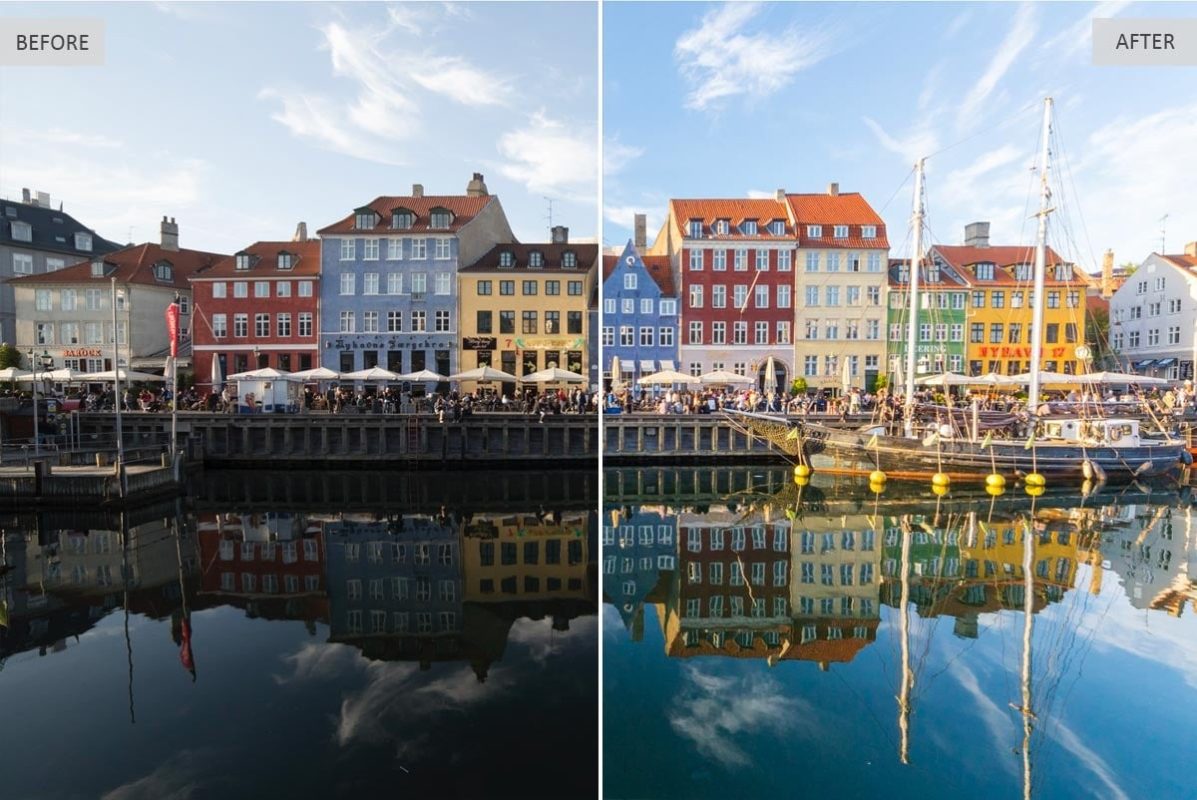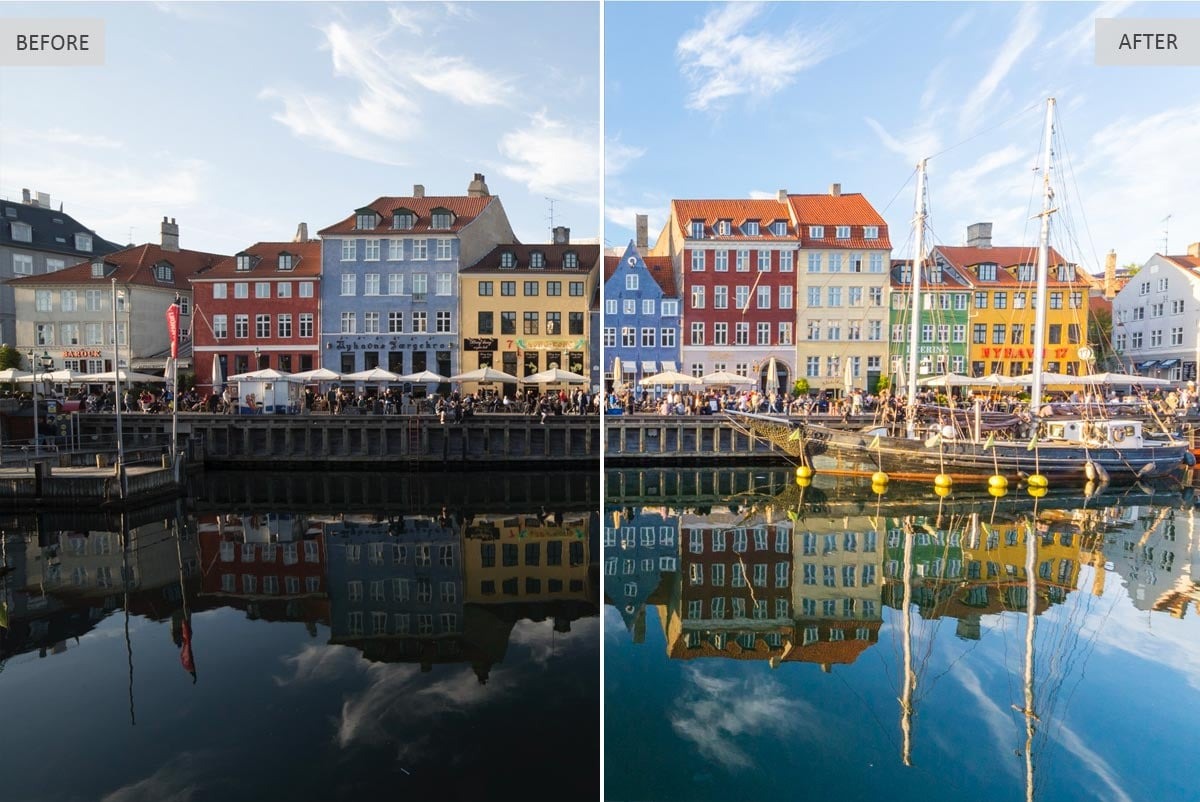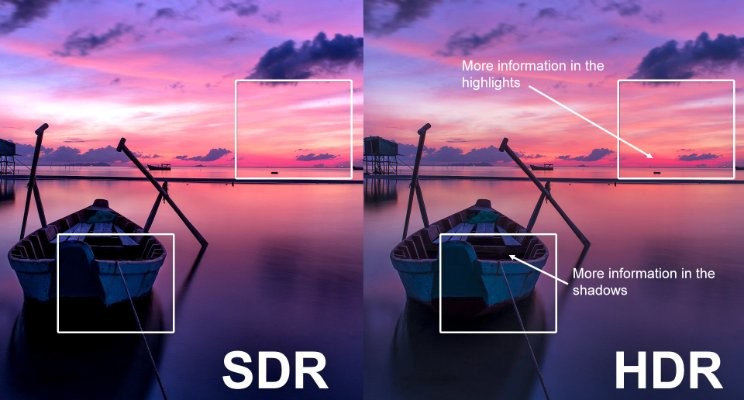Photography is not just about capturing moments; it’s also about the art of post-processing. Whether you’re a beginner or a seasoned photographer, understanding how to capture images with editing in mind can significantly streamline your workflow and enhance the final results. In this article, Kolorheaven will explore some valuable photography tips tailored to make editing a breeze, ensuring that your images shine with minimal effort.
Table of Contents
ToggleCharacteristics of an easy editing photo
In the realm of digital photography, the ease of editing plays a crucial role in the workflow of photographers. An easy editing photo possesses distinct characteristics that not only enhance its visual appeal but also streamline the post-processing process. Understanding these key traits can help photographers capture images that require minimal adjustments and achieve polished results efficiently. Let’s delve into the characteristics of an easy editing photo:

1. Balanced Exposure:
An easy editing photo exhibits balanced exposure, ensuring that details are well-preserved across the entire tonal range. This means there are no blown-out highlights or completely black shadows. Instead, the exposure is carefully managed to retain information in both bright and dark areas of the image. A balanced exposure minimizes the need for extensive exposure adjustments during post-processing, making it easier to fine-tune other aspects of the photo.
2. Accurate White Balance:
White balance refers to the color temperature of light in a photograph, and an easy editing photo has accurate white balance. This means colors appear natural and true to life, without any noticeable color casts or tints. By capturing the scene with the correct white balance, photographers can avoid significant color corrections during editing, leading to a more efficient workflow and consistent results.
3. Well-Composed:
Composition plays a crucial role in photography, and an easy editing photo is often well-composed. This means the elements within the frame are thoughtfully arranged to create a visually pleasing image. A strong composition reduces the need for cropping or straightening during post-processing, saving time and preserving the integrity of the original composition. Photographers should pay attention to elements such as leading lines, symmetry, and balance when framing their shots to achieve a well-composed image.
4. Sharp Focus and Minimal Noise:
Sharp focus and minimal noise are essential characteristics of an easy editing photo. A well-focused image ensures that details are crisp and clear, reducing the need for additional sharpening during editing. Similarly, minimal noise, especially in low-light situations, helps maintain image quality and prevents the introduction of unwanted artifacts during post-processing. By capturing images with sharp focus and minimal noise, photographers can achieve cleaner, more professional-looking results with minimal effort in editing.
5. Natural Appearance:
An easy-editing photo maintains a natural appearance, avoiding excessive manipulation or over-processing. While editing can enhance the visual appeal of an image, it’s essential to strike a balance and ensure that the final result still looks authentic and true to the original scene. Avoiding heavy-handed edits such as overly saturated colors or artificial-looking effects helps preserve the natural beauty of the photograph and creates a more timeless and appealing image.
15 Essential Tips for Easy Editing
1. Get It Right in-camera:
The foundation of easy editing begins with capturing well-exposed and composed photographs straight out of the camera. Pay attention to factors such as exposure, white balance, and composition during shooting to minimize the need for extensive corrections later.
2. Shoot in RAW Format:
RAW files contain all the data captured by your camera’s sensor, providing greater flexibility during editing compared to compressed formats like JPEG. With RAW files, you have more control over adjustments such as exposure, white balance, and color grading without sacrificing image quality.
3. Mindful Exposure:
Expose your images correctly to retain detail in both highlights and shadows. Utilize techniques like exposing for the highlights or using exposure bracketing to capture a wider dynamic range, giving you more latitude in editing.
4. Utilize Histogram:
The histogram is a graphical representation of the tonal distribution in your image. Aim for a well-balanced histogram with no clipping in the shadows or highlights, ensuring that you capture the full range of tones in your scene for easier editing.
5. Focus on Composition:
Strong composition can make or break an image. Pay attention to elements such as leading lines, symmetry, and the rule of thirds during shooting to create visually compelling photographs that require minimal cropping or adjustments in post-processing.
6. Maintain Sharpness:
Ensure proper focus and use appropriate shutter speeds to avoid motion blur. Sharp images straight out of the camera require less sharpening during editing, preserving the integrity of fine details and textures.
7. White Balance Adjustment:
Set the correct white balance in-camera or shoot in RAW to adjust it later during post-processing. Proper white balance ensures accurate color reproduction and eliminates the need for extensive color correction in editing.
8. Keep It Simple:
Avoid overcomplicating your compositions or relying too heavily on gimmicky techniques. Simple, well-executed photographs often require minimal editing to achieve a polished look.
9. Capture in Natural Light:
Whenever possible, utilize natural light for photography. Natural light produces soft, flattering results and minimizes the need for artificial lighting setups or extensive adjustments in post-processing.
10. Experiment with Presets:
Experiment with editing presets or develop your own editing style to streamline your workflow. Presets can serve as a starting point for editing and help maintain consistency across your body of work.
11. Master Basic Editing Tools:
Familiarize yourself with essential editing tools such as exposure adjustments, contrast, highlights and shadows, saturation, and sharpening. Understanding these tools allows you to make precise edits efficiently without overwhelming yourself with complex techniques.
12. Embrace Selective Editing:
Rather than applying global adjustments to the entire image, embrace selective editing to target specific areas that require enhancement or correction. Techniques like adjustment brushes or gradient filters allow for precise control over localized adjustments.
13. Maintain Realism:
While editing offers endless creative possibilities, strive to maintain the integrity and authenticity of your photographs. Avoid excessive manipulation or over-processing, aiming for a natural-looking result that accurately represents the scene you captured.
14. Practice Consistency:
Develop a consistent editing style that aligns with your artistic vision and the aesthetic you wish to convey. Consistency in editing helps establish a cohesive look across your portfolio and enhances your brand identity as a photographer.
15. Take Breaks:
Lastly, don’t forget to give yourself breaks during editing sessions. Stepping away from your work periodically allows you to regain perspective and avoid fatigue, ultimately leading to more efficient and effective editing.
In conclusion, mastering photography involves not only capturing compelling images but also understanding how to optimize them during the editing process. By implementing these tips and techniques, you can streamline your workflow, achieve polished results, and elevate your photography to new heights with ease. Remember, practice makes perfect, so don’t hesitate to experiment and refine your skills over time. Happy shooting and editing!
Contact us now:
- Website: https://kolorheaven.com
- Fanpage: https://www.facebook.com/Kolorheaven.services
- Phone: 089 977 91 11
- Email: kolorheaven@cskolorheaven.com
- Work office: 22 TT1 – Tu Hiep auction site, Thanh Tri, Hanoi.
- Designing office: Block TT 56-57, Tran Thu Do road, Ngu Hiep, Thanh Tri, Hanoi, Vietnam










